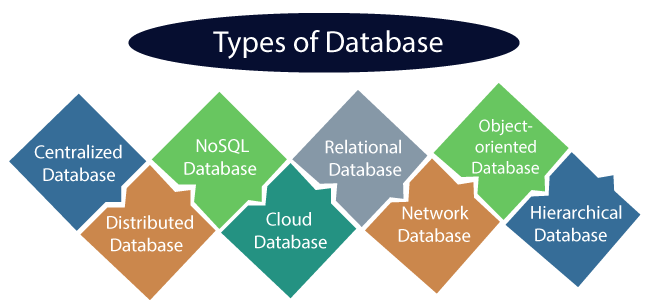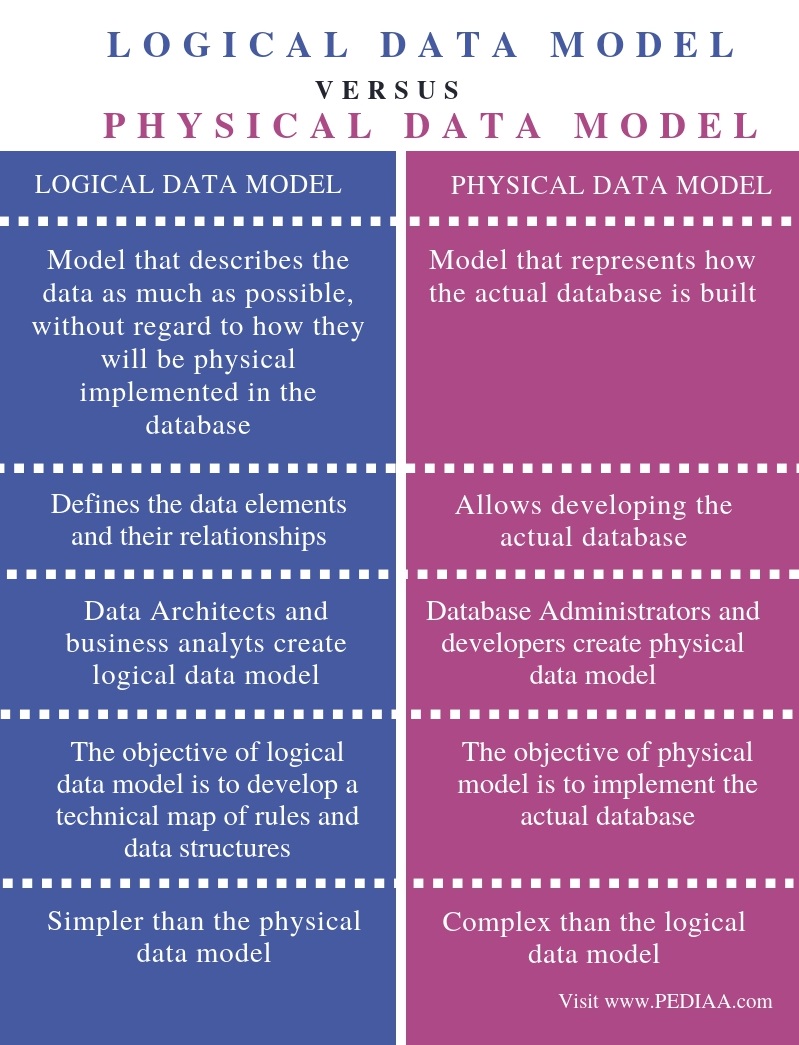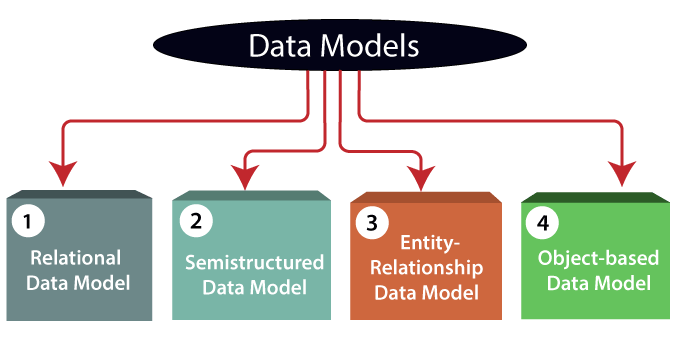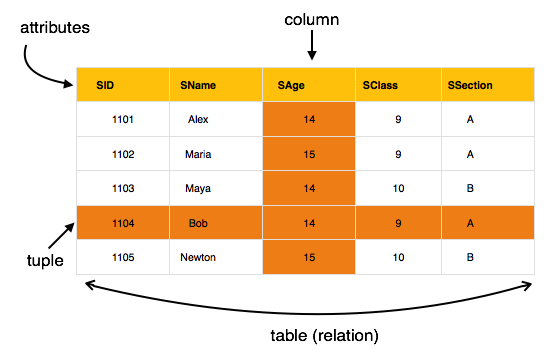Explain the Different Types of Data Models
1 Record based data model. Entity relationship model is based on the notion of the real world entities and.

Data Modeling Web Design Quotes Web Design Websites Online Web Design
Types of Data Models.

. It is this model that is used in the requirement gathering process ie before the Database Designers start making a particular database. Physical Data Models. This is the reason we said this model as an advanced Hierarchy model and known it as a modified version of the Hierarchical database.
The main highlights of this model are. In this model the storing of data is easy as it is easy to design. Record Based Data Models.
Map data includes different types of spatial features of objects in map eg an objects shape and location of object within map. The flat data model is the first introduced traditional data model where data is kept in the same. Spatial data are basically of three different types and are wisely used in commercial sectors.
The three basic types of. Data is stored in tables called relations. Data model mainly defines some of the data elements and relationships that exist between them.
Data Models are created for OLTP databases by normalizing the data and for OLAP databases data models are created by de-normalizing the data. The membership identifier expiry date and address information are. This basically means that it tells us how data is connected to each other relationships between various entities and how they are processed.
Data Visualization is defined as the pictorial representation of the data to provide the fact-based analysis to decision-makers as text data might not be able to reveal the pattern or trends needed to recognize data. Data Models cannot be frozen since update will happen on data modeling based on business requirements. Data models can generally be divided into three categories which vary according to their degree of abstraction.
Conceptual Data Model. Beyond the three main types of data modeling organizations can choose from several different design and infrastructure methods for visualizing their data model. One such popular model is the entityrelationship model ER.
Data flow diagram describes anything about how data flows through the system. Data Model is not an exact replica of the. Each data model builds on the preceding one to finally generate the database structure.
Types of Data Model. Different types of Data Models in DBMS 1. There are also several others that are not in general use including hierarchical network object-oriented and multi-value.
The process will start with a conceptual model progress to a logical model and conclude with a physical model. While the Relational Model is the most widely used database model there are other models too. Sometimes people get confused between data flow.
Several types of stakeholders are involved in working with data models. Thus there are three different types of data models to suit the different needs of each stakeholder. For example in the membership system at Science World each membership has many members see Figure 22 in Chapter 2.
Based upon the visualization it is classified into 6 different types ie. Record based data model. Types and Components of Data Flow Diagram DFD Data Flow Diagram DFD is a graphical representation of data flow in any system.
Each type of data model is discussed in more detail below. The network model is a type of database model which is designed based on a flexible approach for. Data modeling techniques are different for both relational and non-relational databases.
The relational model represents data as relations or tables. The three primary data model types are relational dimensional and entity-relationship E-R. In the flat database model there is a single two-dimensional array of the data elements in which columns.
11 types of Data Models with Diagram PDF Flat Data Model. Data Models in DBMS. In the hierarchical model the data is stored in the tree-like structure in which there is.
Data Models looks like a blue print or like a map. There are basically two types of data model. Types of Database Models 1.
Temporal data is linear and one dimensional Hierarchical it visualizes ordered groups within a larger. Three well-known data models of this type are relational data models network data models and hierarchical data models. The object based and record based data models are used to describe data at the conceptual and external levels the physical data model is used to describe data at.
This model comes up with one more functionality as it can handle many to. Relations can be normalized. A Database model defines the logical design and structure of a database and defines how data will be stored accessed and updated in a database management system.
It is more scientific a model than others. It is capable of illustrating incoming data flow outgoing data flow and store data. Spatial data is the data collected through with physical real life locations like towns cities islands etc.
Object based data model. Data model infrastructure. Conceptual data model describes the database at a very high level and is useful to understand the needs or requirements of the database.
The Entity-relationship data model structure based on. The main difference is NoSQL data models have more. Flat data model is the first and foremost introduced model and in this all the data used is kept in the.
A data model is a model that defines in which format the data are represented and accessed. A data model defines the logical structure of DBMS. The ER model is.
Object Based Data Models. Hierarchical data models resemble a family tree layout. Different Types of Data Models 1.
In this type of data model the data is organized into a tree-like structure that has a single. This model is based on first-order predicate logic and defines a table as an n-ary relation. We store the data in a graph-like manner which means it can have more than 1 root node.
Entity Relationship Data Model. Now lets see what data model is. The most popular data model in DBMS is the Relational Model.
They fall into three broad categories.

Types Of Databases Database Models Learntek Org Relational Database Relational Database Management System Data Modeling

Dbms Types Of Databases Javatpoint

What Is Data Modelling Data Modeling Is The Process Of Creating A Data Model For The Data To Be Stored In A Database Data Modeling Data Science Online Science
Chapter 7 The Relational Data Model Database Design 2nd Edition

Customers And Orders Data Model In 2021 Database Design Programming Patterns Data Modeling

What Is Data Modelling Overview Basic Concepts And Types In Detail

Database Models In Dbms Types Of Data Model In 2021 Dbms Relational Model Database Management System

Many To Many Data Model Wikipedia

Database Modeling Tutorial A Quick Guide On How To Model A Database Database Design Relational Database Data Modeling

What Is The Difference Between Logical And Physical Data Model Pediaa Com

What Are The Basic Types Of Predictive Models And Techniques For Big Data To Help Predict Outcomes Ch Data Science Learning Predictive Analytics Data Science
Chapter 7 The Relational Data Model Database Design 2nd Edition
Chapter 7 The Relational Data Model Database Design 2nd Edition






Comments
Post a Comment